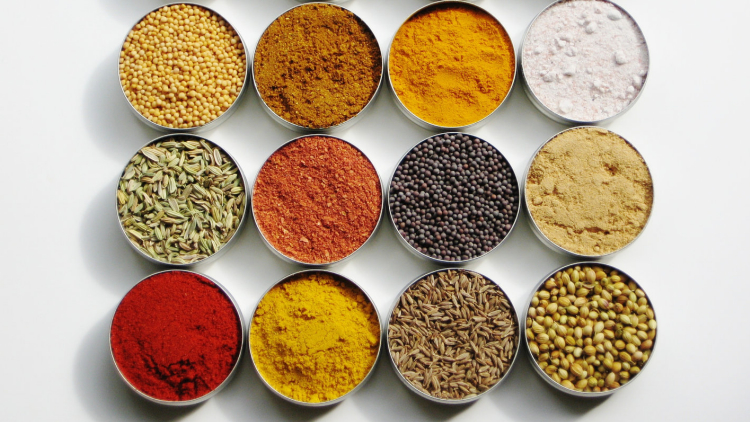What India Can Teach The Rest Of The World About Living Well
By Carolyn Gregoire | Nov 14, 2013

India has been described by some traditional texts as Sa Prathama Sanskrati Vishvavara, the first and supreme culture in the world. To this day, the South Asian country remains a hotspring of ancient wisdom on mind-body health and spirituality.
This wisdom has been steadily permeating American life for the past century. Mindfulness — the cultivation of a focused awareness on the present moment, a concept with origins in ancient Indian philosophy — is “gaining its fair share of attention” in the West, with increasing numbers of Americans practicing meditation, according to a recent New York Times Magazine cover story. Words like “guru,” “karma” “nirvana” and “om” are firmly situated in our cultural vocabulary, and yoga and meditation have become the favorite pasttime of everyone from supermodels tohigh-powered CEOs.
The Indian way has spread far beyond the U.S., and tourists from around the world are flocking to the densely-populated country in search of inner peace. India is the fastest-growing destination for wellness tourism, with an average of 22 percent annual growth, according to recent data from Stanford Research Center funded by Spafinder Wellness.
Here are 10 reasons we should look to India as an example of what it means to live well.
It’s the birthplace of yoga.
Arguably India’s most popular export, yoga (Sanskrit for “divine union”) has been passed down from guru to student for many centuries. Traditionally, yoga is practiced with the goal of stilling the thoughts of the unruly mind so that the individual can eventually achieve moksha (liberation). Aside from yoga’s spiritual aims, the physical and mental health benefits of the practice are extensive.
They view health from a holistic perspective.
The ancient Indian wisdom system of ayurveda is founded on two guiding principles: 1) that the mind and body are inextricably linked, and 2) that the mind has more power than anything else to heal and transform the body, according to The Chopra Center.
This Indian “science of life” has used natural remedies to treat a wide variety of physical ailments for centuries, and modern science is just beginning to catch on to its wisdom. Through dietary and lifestyle changes, ayurvedic principles are used to prevent and treat illnesses, and to help individuals achieve optimal health and well-being.
They embrace vegetarianism.
An estimated 80 percent of India’s population identifies as Hindu, and the traditional Hindu diet is vegetarian. In the traditional yogic text the Mahabharata, a vegetarian diet is said to be sattvic — meaning that it is linked with purity, goodness, and enlightenment.
“The practitioner of yoga has to adopt a vegetarian diet in order to attain one-pointed evolution and spiritual evolution,” master practitioner B.K.S. Iyengar writes in “Light On Yoga.”
Additionally, a vegetarian diet has been linked with major health benefits, includingincreased longevity and a lower risk of diabetes, heart disease, and high blood pressure.
They have strong family values.
In Indian culture, there is a strong emphasis on family as the primary social unit, and families tend to be large, providing a strong social support system and network of community ties (a key factor in longevity). Indian families often live together in multi-generational “joint family” units.
“Through a multitude of kinship ties, each person is linked with kin in villages and towns near and far,” according to the Asia Society. “Almost everywhere a person goes, he can find a relative from whom he can expect moral and practical support.
They cook with turmeric.
Turmeric is a popular spice in Indian cooking, and it’s a superfood that can boost longevity and ward off illness. The spice has long been used medicinally in the Chinese and Indian traditions, and for good reason: Turmeric is packed with anti-inflammatory properties, and is also anti-carcinogenic, anti-fungal and anti-bacterial. Plus, it makes a delicious (and colorful) curry.















